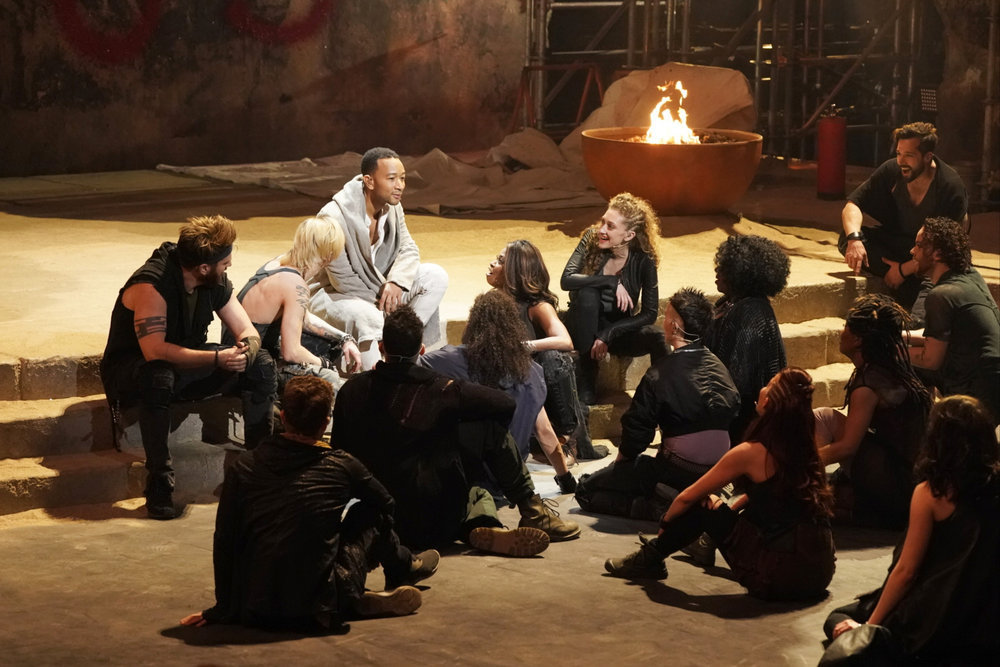On an appropriately dreary day in 1816, Mary Shelley and several contemporaries challenged each other to write spooky stories. Retreating to begin work, the English writer quickly decided that hers was to be the spookiest. But to make a monster that would haunt the Western world, she knew that he and his story needed heart. His had to be more than a tale of gore and violence; it would be a cerebral nightmare about humanity and ambition, isolation and evil, murder and grief. Most importantly, of course, her monster would one day be played by the great Robert De Niro.
All this and more came true when “Frankenstein” was published anonymously on January 1, 1818. A ripe 200 years later, it remains a cornerstone of Western literature, horror and culture. Why? Maybe its reflections on timely ethical concerns in science bolstered its success. Or maybe the emotional depth of the characters gave the tale unusual longevity. Perhaps it was the meticulous ebb and flow of suspense that made it so gripping for successive generations. Readers adore this timeless classic for these reasons and many others—like its famous monster, “Frankenstein” is more than meets the eye.
The novel sees Victor Frankenstein, an ambitious scientist raised in Switzerland, aiming to make his mark on history through groundbreaking research. After working tirelessly to pursue this goal, he arrives unexpectedly at his major innovation. By means Shelley understandably forgoes explaining, Victor becomes “capable of bestowing animation upon lifeless matter.” His excitement is palpable, but Victor does not let the reader luxuriate with him. Narrating the story in retrospect, he alludes to the gruesome magnitude of his mistake. As such, his tone is foreboding and ominous, rendering even the most agreeable scenes nerve-wracking. The arcs of the two characters (with Victor abandoning the monster, and the monster seeking revenge) create a cycle of suffering and pain, and the fiendish dynamic between the two leaves the reader reeling in contempt not just for the characters, but for humanity as a whole. Suffice it to say, there is no happy ending.
More than just a horror novel, however, the book offers brief moments of cheer—even elation. Victor enjoys life with his family, outings with his friend, Henry Clerval, and a caring relationship with his fiancée Elizabeth, who he loves dearly. As he relates these brighter facets of his grim tale, he allows the reader moments of warmth and heartfelt delight—moments even he occasionally shares. It all serves to contextualize and humanize the hellish events that take place, elevating the Shelly’s work to its status as a bona fide classic.
The beauty lies in more than Victor’s life story, however—it’s also in the language. Shelley imbues his voice with a tangible passion, found even in his moments of greatest pain. He fondly praises the kindness of his father and the gentleness of his mother. Even when tormented and angry, he can’t help but speak of Elizabeth’s sincerity and beauty. Through his many travels he relates in lavish prose the wonders of England, Scotland and the mountainous grandeur of his homeland. With the yearning poetry of her protagonist’s speech, Shelley adorns her otherwise macabre novel with hints of stunning romanticism.
But one can only discuss “Frankenstein” for so long without mentioning its infamous villain. Frankenstein’s monster—not Frankenstein the scientist—is fittingly one of the most misunderstood figures in all literature. Without spoiling anything, I should say that the ever-popular image of the green, lumbering brute with bolts in his neck is a less-than-accurate portrayal of the character. For one thing, his skin is yellow. The monster illustrates a key theme: blurring the lines between human and beast. In fact, monstrous though he is, Frankenstein’s creature is technically human. Through this lens, he becomes more relatable, and at the same time, more terrifying. Surprisingly, he shows the greatest depth of any character.
Rather than a cheap horror story, Shelley gave the world a thoughtful, contemplative work that simultaneously haunts the mind and captures the imagination. Like its eponymous beast, the novel took on a life of its own, far more powerful than the sum of its parts.
So, if you ever have a longing for horror, a thirst for high adventure or if you just want some quality storytelling, you know where to look. No film can substitute for the elegance of “The Modern Prometheus”—even if it stars Robert De Niro. With 2018 marking the bicentennial of this ageless masterpiece, there’s no better time to meet fiction’s most famous monster.
Lucas Jones can be reached at [email protected].



















